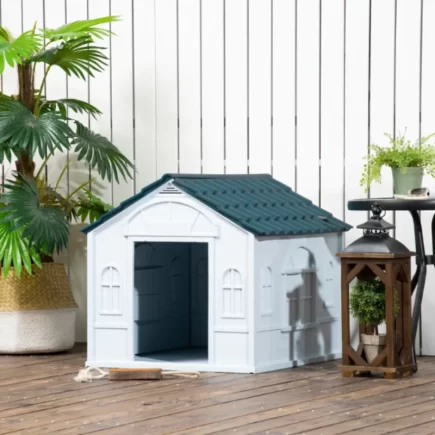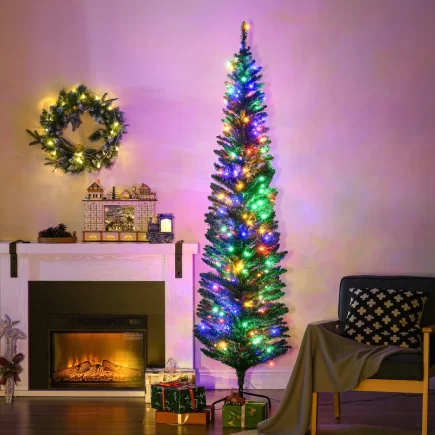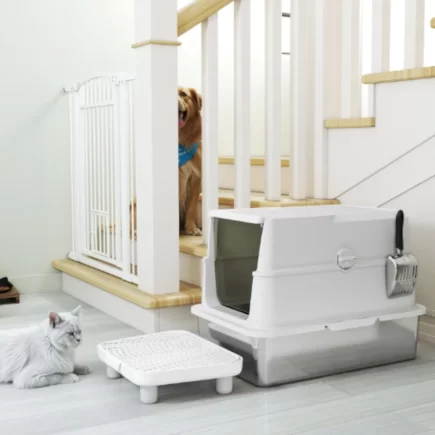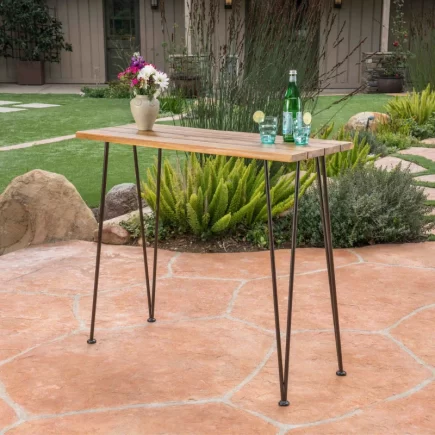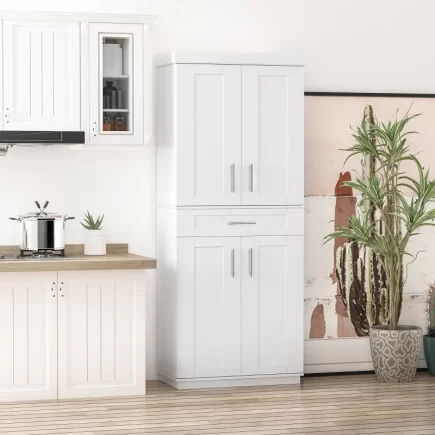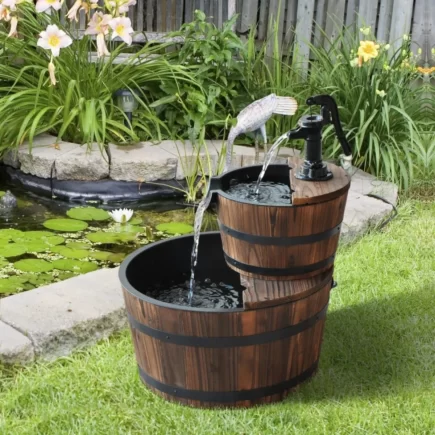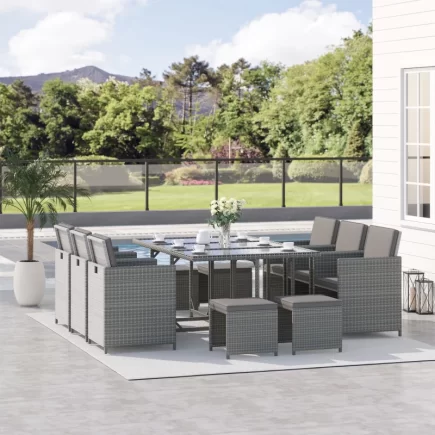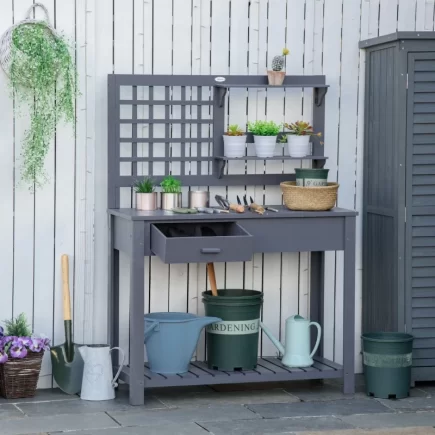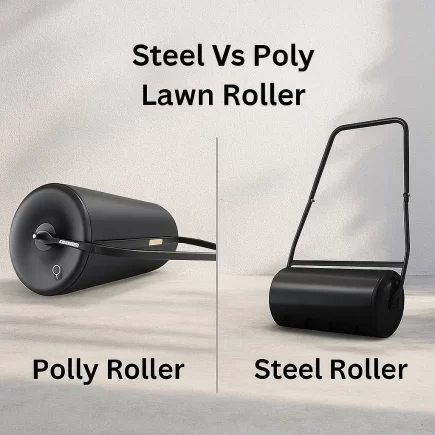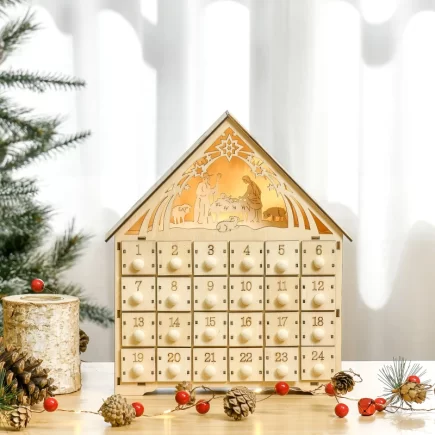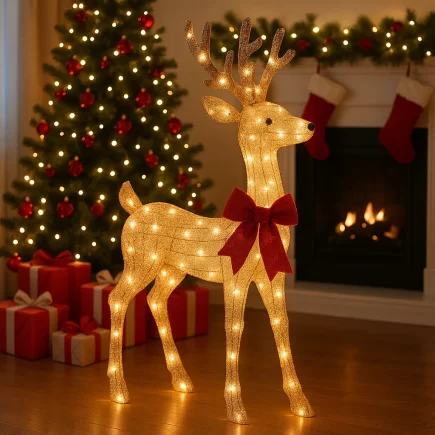
When it comes to outdoor spaces, lighting is one of the most important elements for enhancing safety, functionality, and overall ambiance. Whether you’re illuminating a garden, securing your driveway, or creating a cozy atmosphere for outdoor entertaining, the right lighting can transform your yard. But with so many options available, how do you choose the right outdoor lighting for your needs?
Purpose of Outdoor Lighting
Outdoor lighting serves various purposes, and understanding these functions can help you choose the right lighting system for your home.
Security Lighting

Enhances safety by brightening areas like pathways, doorways, and fences, reducing hidden spots that might attract intruders. Flood lights, motion-sensor lights, and spotlights are common choices for this purpose.
Task Lighting
Offers focused illumination for activities such as cooking, gardening, or working in outdoor spaces. Fixtures like wall-mounted or pendant lights are often placed above areas where concentrated light is needed.
Ambiance and Accent Lighting
These are designed to add character to outdoor spaces by highlighting specific features like sculptures, trees, or fountains, and setting a cozy or relaxing mood. Pathways, string, and spotlights are frequently used to achieve these effects.
Choosing the Right Location for an Outdoor Lighting

The location of your outdoor lighting fixtures is crucial for achieving the right balance of function and style. Here’s how to choose lighting based on where it’s needed:
For Pathways and Driveways
Pathways and driveways need functional lighting to ensure safe navigation. Path lights are typically used to line these areas, offering steady, low-level illumination. Solar-powered or LED path lights are excellent choices for these spaces because they provide visibility without excessive energy consumption. When choosing, consider the brightness and spacing of the lights to create a welcoming effect while ensuring safety.
For Gardens and Landscaping
To enhance the beauty of plants, trees, and other landscaping elements, consider using a mix of spotlights and accent lights. A well-placed spotlight can illuminate a tree or shrub, while accent lighting can highlight fountains or sculptures. Pay attention to the color temperature of the lights, as warm lights enhance the natural beauty of plants and create a soft, inviting ambiance.
For Patios & Outdoor Entertainment Spaces
When lighting patios and entertainment areas, the goal is to create a welcoming and functional atmosphere. Ambient lighting can be achieved through string lights or pendant lights, while task lighting can be used above cooking or dining areas. Layering different types of lighting creates depth and visual interest. String lights and lanterns are also great for adding a touch of whimsy to your outdoor gatherings.
Types of Outdoor Lighting Fixtures
Here are some common types of outdoor lighting fixtures:
1. Solar Floor Lamps
Solar floor lamps are a smart way to bring warm lighting to outdoor spaces without the wires or utility bills. Whether you’re illuminating a cozy patio, balcony, or garden nook, these freestanding lamps effortlessly blend function and décor. Many now come with dual charging options, making them reliable even in cloudy weather.

| Feature | Description | Pro Tip |
| Portability | Move it around as needed for ambience or task lighting | Choose lightweight materials |
| Charging Options | Solar + USB-C backup for cloudy days | Great for cloudy climates |
| Weatherproof Design | Designed to handle outdoor weather conditions year-round | Look for IP44 or higher |
| Light Modes | Adjustable brightness and mood settings | Ideal for evening gatherings |
2. Triple Head Solar Lamps
Triple head solar lamps are designed for large outdoor areas like driveways, front yards, or garden pathways. With three adjustable heads, they cover a wider space and often include motion sensors, making them great for security as well.
| Feature | Benefit | Best Use Cases |
| High Brightness | 600–1000+ lumens for wide area lighting | Driveways, walkways, entry gates |
| Adjustable Heads | Target light where you need it most | Corners, wide yards |
| Smart Sensors | Dusk-to-dawn + motion detection | Auto lighting and energy savings |
| Decorative Poles | Combines utility with garden décor | Front yards, garden entrances |
3. Solar Lamp Posts

Solar lamp posts give driveways and front yards a classic, elegant touch. Tall poles and high-efficiency LED lights function like traditional posts but without costly installation or power bills.
- No electrical installation needed
- Automatically turn on at night
- Ideal for garden borders, pathways, or entrance gates
- Great decorative options with planters or dual lamps
4. Outdoor Wall Lights

Wall-mounted solar lights are a no-fuss solution for brightening up entrances, porches, backyards, and fences. They’re incredibly easy to install, often requiring just a couple of screws.
Ideal For
- Entrances and side gates
- Backyard and garage walls
- Security lighting at night
5. Wall Lanterns

Solar wall lanterns add a romantic touch to your outdoor space. They replicate the look of old-world lanterns while offering modern features like motion detection, dusk-to-dawn lighting, and flickering LED effects.
Great For
- Porch lights
- Fence posts
- Garden pathways
- Wall-mounted accents
Smart Outdoor Lighting

Modern outdoor lighting can be more than just functional; it can also integrate with your smart home system. Consider these smart features:
Motion Sensors and Photocells
Motion sensors detect movement, turning lights on when someone enters a space and off when they leave. Photocells sense light levels and activate your outdoor lighting when it gets dark. Both of these features are energy-efficient and improve security.
Dusk-to-Dawn Lights
Dusk-to-dawn lights automatically turn on at dusk and off at dawn, eliminating the need to switch your lights on and off manually. This is a great option for lighting up areas like front entryways or pathways.
Smart Lighting Integration
Smart lighting systems can be integrated into home automation setups like Amazon Alexa or Google Assistant, allowing you to control your outdoor lighting with voice commands or through mobile apps.
Energy Efficiency and Cost Considerations
When choosing outdoor lighting, energy efficiency and cost are important considerations. Here’s how you can make sure your lighting system is both budget-friendly and environmentally conscious.
| Feature | LED Lighting | Solar Lighting | Smart Controls |
| Power Source | Low-power electricity | Sunlight | Works with wired lights |
| Energy Efficiency | Very High | Excellent (off-grid) | High (motion/timer-based) |
| Cost (Upfront) | Moderate | Moderate to High | Variable |
| Savings Over Time | High | Very High | High |
| Best Use | All-purpose lighting | No wiring | Security & automation |
Cost Evaluation
Although energy-efficient lighting options like LEDs and solar lights may have a higher upfront cost, they save money in the long run through reduced energy consumption and lower maintenance costs. It’s important to balance initial installation costs with long-term energy savings.
Durability and Weather Resistance
When choosing outdoor lighting, durability and weather resistance are key factors:
Materials for Weather Resistance
Look for fixtures made from stainless steel, aluminum, or other weather-resistant materials. These materials are designed to withstand exposure to rain, snow, and UV rays without rusting or fading.
Weather Ratings (IP Ratings)
IP (Ingress Protection) ratings indicate how well a fixture is sealed against the elements. An IP rating of IP65 or higher is ideal for outdoor lighting exposed to rain or snow. Make sure to choose lighting with an appropriate IP rating based on your climate and exposure conditions.
Wet vs. Damp Rated Lighting
When selecting lighting for areas exposed to moisture, consider whether the fixture is wet or damp rated. Wet-rated fixtures are designed to withstand direct exposure to water, while damp-rated fixtures are suitable for areas with high humidity but no direct water exposure.
Final Tips for Choosing Solar Outdoor Lighting
Choosing the right outdoor lighting involves balancing functionality, aesthetic appeal, and energy efficiency. By considering factors like the purpose of the lighting, the types of fixtures, energy-saving options, and smart features, you can create an outdoor lighting plan that meets your needs and enhances the beauty of your home. Explore various options to illuminate your home and garden at Aosom’s Outdoor Lighting.
FAQs
1. Where should I install outdoor lights?
Install outdoor lights at entryways, pathways, driveways, and seating areas to enhance safety and ambiance. Place wall lights at eye level (60–65 inches), space path lights 6–8 feet apart, and use motion-sensor lights near doors or dark corners to boost visibility and security.
2. Should I use LED or solar outdoor lighting?
LED lights are reliable, bright, and energy-efficient, ideal for consistent use. Solar lights are best for areas without wiring and offer cost-free operation using sunlight. Use LEDs for performance and durability, solar panels for convenience, and eco-friendly setups where sun exposure is available.
3. How do IP ratings affect outdoor light selection?
IP ratings show how well lights resist dust and water. For exposed outdoor areas, choose IP65 or higher. IP44 works in sheltered spots. Higher ratings like IP66 –IP68 ensure durability in rain, snow, or near water, making them crucial for long-lasting outdoor lighting.
4. What are common outdoor lighting design mistakes to avoid?
Avoid over-lighting, poor fixture placement, and mixing color temperatures. Don’t neglect maintenance or ignore neighbors’ views. Use layered lighting for depth, and select fixtures based on function, not just looks. A good plan ensures both visual appeal and energy efficiency.

